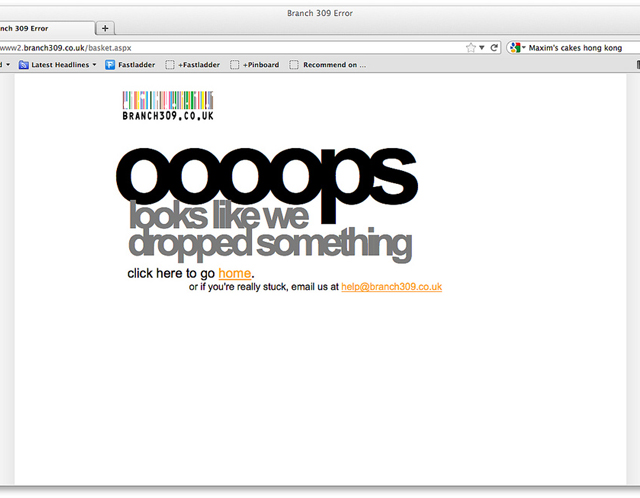Before you rush into making your new website live, it always good to check to make sure that you have all of the simple things in place!
1. Check Your Spelling
You need to do more than just use spell check. Spell check will not always catch grammar errors or words that are spelled correctly, but not the one you meant to use. You should of course read thoroughly through your content, but even better than this, ask a trusted friend, who is not in your business, to look through the content of your website, to find any possible typing mistakes. This might include missing letters are bad grammar. Even after your website has launched you may still find errors, but you should try to correct all the obvious mistakes early on.
2. Plan Ahead for Future Content
You may find it difficult, after you have launched your site, to find the time to add blog pages or new content. If you create a few blog stories in advance, you may keep your site looking fresh and attractive to prospective clients and visitors, by posting these at a later date. This will allow you to have the fresh content you need without having to sit down and immediately write something on the spot.
3. Check for Broken Links
This one of course is easy to do, click on each of your hyperlinks and make sure they are working properly. This assures that your site is easy to use for your customers. There is nothing more frustrating than a link to nowhere.
4. Check Your Meta-Tags
Search engines, like Google, find information about your site through the use of these tags. The meta-tags are unseen by visitors to your site, however, search engine crawlers use these tags to check if your site is being updated regularly. They look for the sites content and to see who created the site. Be sure to incorporate your keywords, by using the meta-tags correctly. This will give your site the best chance at being found by the search engines. If you are unsure of how to use these meta-tags, be sure to ask your web developer.
5. Different Browsers See your Site Differently
The most common browsers used are Google Chrome, Safari, Firefox, and Internet Explorer. You should view your website with each of these common browsers, in order to make sure your site looks the same in each. By making it a practice to have your site look the same in all browsers you are assuring your brands continuity. You’ll also be able to make sure that your site is working properly no matter which browser your customer is using.
6. Mobile Devices
While your checking the functionality, among browsers, it is a good time to check to see how your site looks on mobile devices. Many of your visitors will be utilizing their handheld devices to access your website. The growth of mobile usage is now at a phenomenal rate. You want to make sure that even if your visitors are using a laptop or a tablet, their experiences still are of a positive nature.
7. Use Social Media
As you begin to revamp or launch your website, you should be considering social media as part of that launch. By setting up an account with LinkedIn, Facebook, and Twitter as an example, you can lock in your name and prevent others from using it. By using these social medias you can make your presence known online and keep things organized.
8. Make Sure Your Site Can Be Found
While your site is being developed, it is not uncommon for web developers to prevent the finding of your site by search engines. This is done during the development stage to prevent search engines finding your draft pages before your site has been completed. Because this is so common, it is important that you do not forget to enable the searching once your website goes live.
9. Not All Monitors are Created Equal, Size Matters
As you develop your website, you should remember that each of your visitors has his own monitor, your site will be viewed on monitors of a multitude of sizes. The size of the screens range from notebooks all the way up to supersized screens and everything in between. Some pages of course require scrolling from right to left in order to be seen on smaller screens, this is very common. However, if you work with your web designer, you should be able to find the optimal page size for your website, in order to give your visitors the best possible experience.
Photo: Image courtesy of Ged Carroll on Flickr

